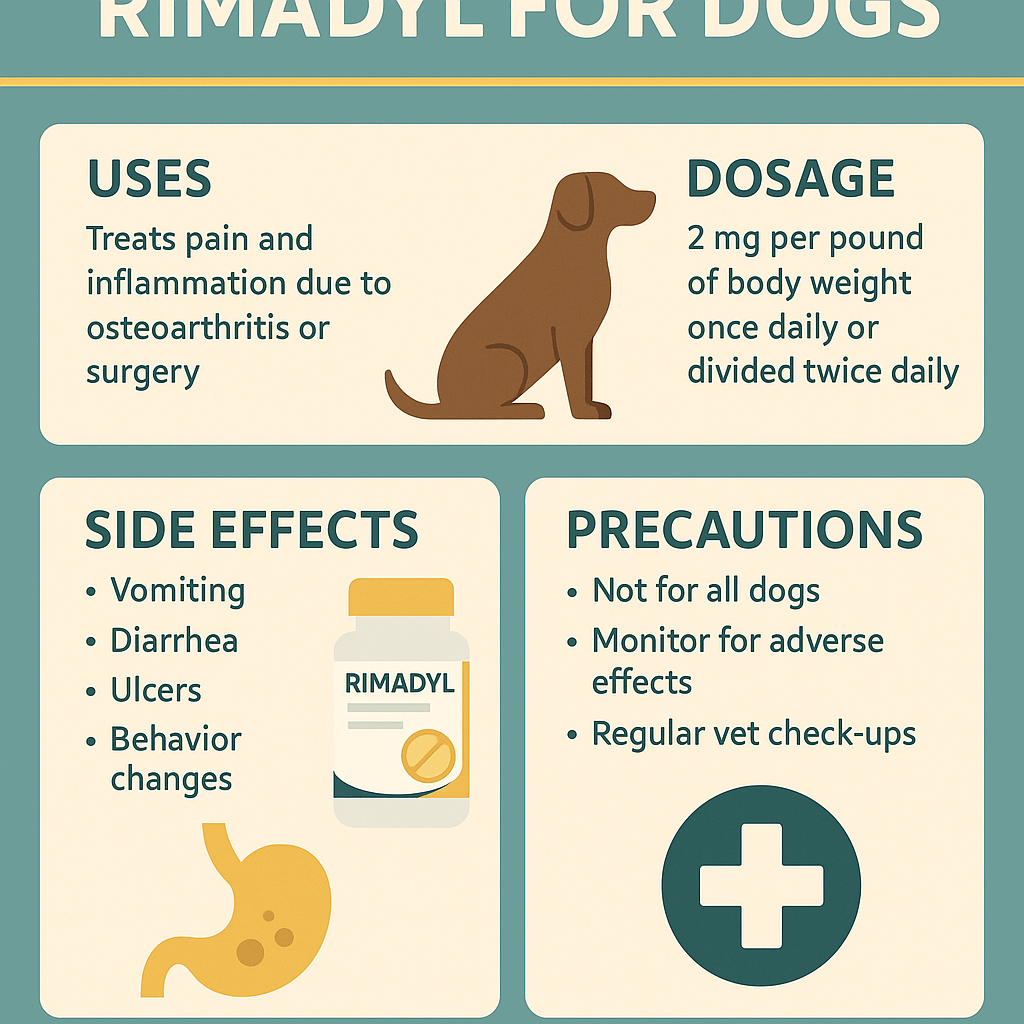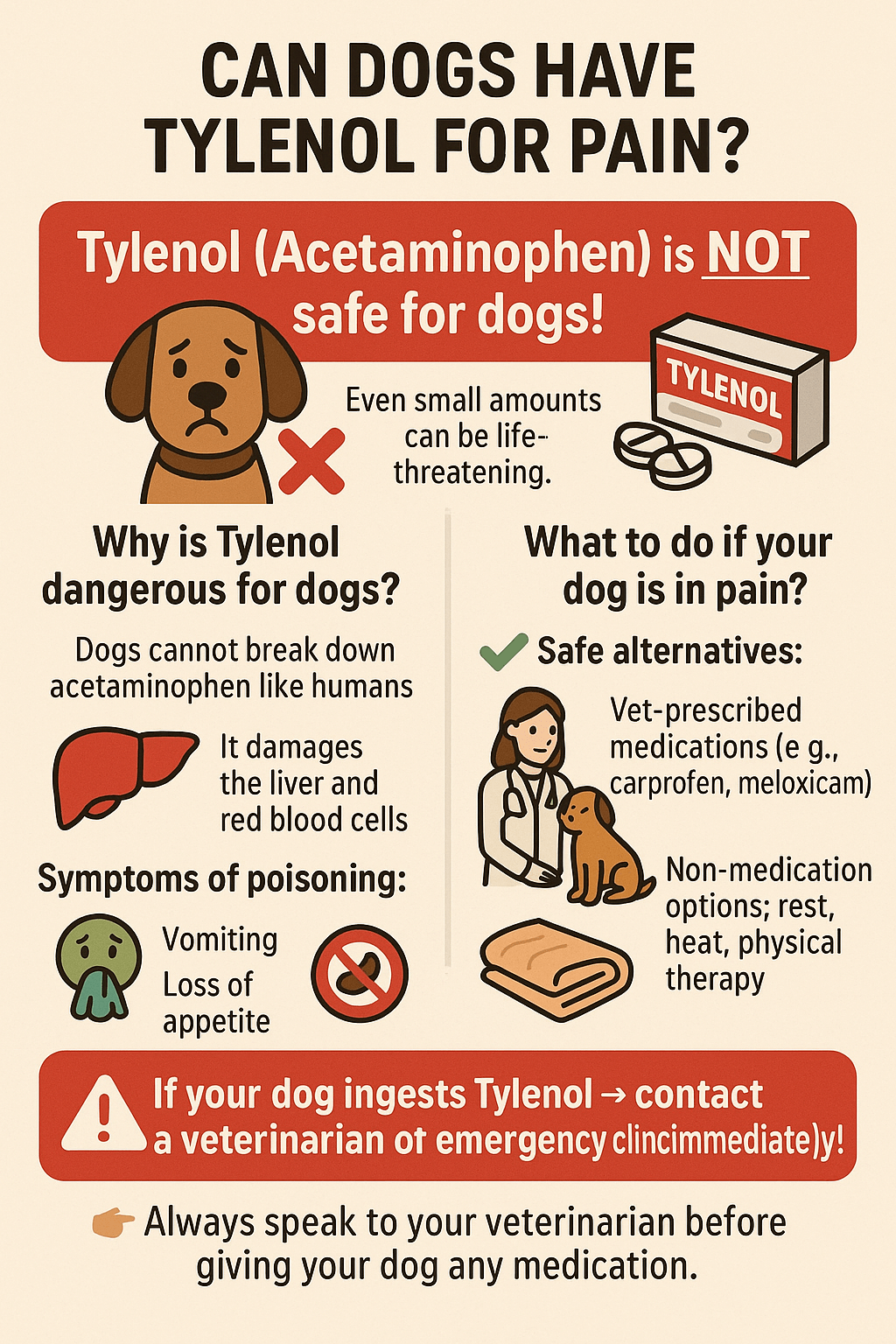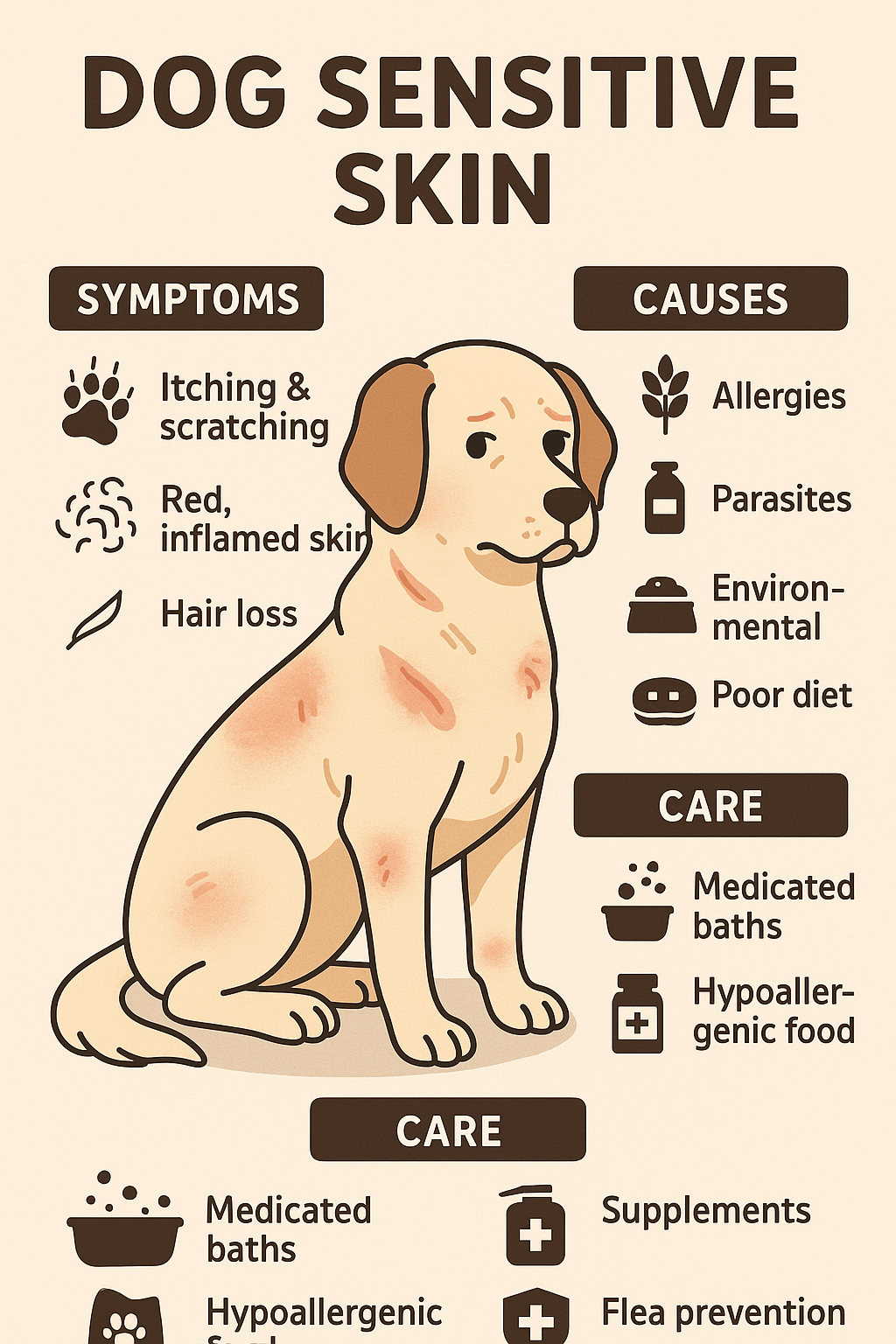Understanding Trichoepithelioma in Dogs: A Comprehensive Guide
Trichoepithelioma is a term that might sound daunting to any dog owner, but understanding this condition can make all the difference in ensuring your furry friend receives the best care possible. This skin tumor, although benign in most cases, can cause discomfort and concern if left untreated. In this blog post, we will delve into the intricacies of trichoepithelioma in dogs, exploring its causes, symptoms, diagnosis, and treatment options. Whether you’re a seasoned pet parent or new to the world of canine health, this guide will equip you with the knowledge needed to navigate this condition confidently.
What Is Trichoepithelioma? An Overview
Trichoepithelioma is a type of skin tumor that originates from hair follicles. While it’s generally non-cancerous, it can still pose challenges for both dogs and their owners. Below are some key points to help you understand this condition better:
Trichoepithelioma is a benign tumor that arises from the hair follicle structures.
It typically appears as a small, firm bump on the skin, often located on the head, neck, or limbs.
The exact cause of trichoepithelioma is not fully understood, but genetic predisposition may play a role.
Certain breeds, such as Basset Hounds and Golden Retrievers, seem to be more prone to developing these tumors.
The condition is more commonly observed in middle-aged to older dogs.
Understanding these basics about trichoepithelioma can help dog owners recognize potential issues early and seek appropriate veterinary care. Early detection is key to managing this condition effectively.
Symptoms and Signs of Trichoepithelioma in Dogs
Identifying trichoepithelioma in its early stages can significantly improve outcomes for your dog. Here are some common symptoms and signs to watch out for:
Small, raised growths on the skin that may feel firm to the touch.
The growths are usually painless, but they can become irritated or inflamed if scratched.
Some tumors may ulcerate, leading to open sores or scabbing.
Hair loss around the affected area is a frequent symptom.
In rare cases, multiple tumors may develop, forming clusters on the skin.
While these symptoms are not exclusive to trichoepithelioma, they warrant a visit to the veterinarian for proper diagnosis. Early intervention ensures your dog remains comfortable and healthy.
Check this guide 👉The Cost of Dog Mammary Tumor Removal: Best 7 Health Tips!
Check this guide 👉Understanding Dog Ear Tumors: Best 7 Health Tips!
Check this guide 👉Spindle Cell Tumor in Dogs: Best 7 Tips for Early Detection!

Key Characteristics of Trichoepithelioma | Management Tips for Dog Owners |
|---|---|
Benign tumor originating from hair follicles | Regularly inspect your dog’s skin for abnormalities |
Often appears on the head, neck, or limbs | Schedule routine vet check-ups to monitor skin health |
More common in certain breeds | Maintain a clean environment to reduce irritation risks |
Typically painless unless irritated | Avoid letting your dog scratch or bite at growths |
Can develop in middle-aged to older dogs | Follow your vet’s advice for treatment and care plans |
Diagnosing Trichoepithelioma: What to Expect
If you suspect your dog may have trichoepithelioma, it’s crucial to consult a veterinarian for an accurate diagnosis. Here’s what the diagnostic process typically involves:
A thorough physical examination to assess the size, shape, and location of the growths.
Fine needle aspiration (FNA) may be performed to collect cells for microscopic analysis.
A biopsy is often required to confirm the diagnosis and rule out other types of skin tumors.
Imaging tests, such as X-rays or ultrasounds, may be recommended to check for deeper involvement.
Your vet will discuss the results and outline a tailored treatment plan based on your dog’s specific needs.
A proper diagnosis is the foundation for effective treatment, ensuring your dog receives the care they deserve.
Treatment Options for Trichoepithelioma in Dogs
Once diagnosed, there are several treatment options available to manage trichoepithelioma. These approaches aim to alleviate discomfort and prevent complications:
Surgical removal is the most common treatment, especially for solitary tumors.
Cryotherapy, or freezing the tumor, may be used for smaller growths.
Laser therapy can be effective in reducing the size of the tumor while minimizing scarring.
Topical medications may be prescribed to reduce inflammation and prevent infection.
In cases where surgery isn’t feasible, monitoring the tumor’s growth may be recommended.
Each treatment option has its benefits and limitations, so it’s essential to work closely with your veterinarian to determine the best course of action for your dog.
Reducing the Risk of Trichoepithelioma in Dogs
While trichoepithelioma cannot always be prevented due to its potential genetic links, there are steps dog owners can take to minimize risks and promote overall skin health. Here are some preventive measures to consider:
Regular grooming helps keep your dog’s skin clean and reduces irritation from dirt or allergens.
Providing a balanced diet rich in essential nutrients supports skin and coat health.
Avoid exposing your dog to harsh chemicals or environmental irritants that could damage their skin.
Schedule routine vet visits to catch any abnormalities early and ensure timely intervention.
Monitor your dog’s behavior for signs of excessive scratching or discomfort, which may indicate underlying issues.
By taking these proactive steps, you can help maintain your dog’s skin health and potentially reduce the likelihood of developing trichoepithelioma. Prevention is always better than cure, especially when it comes to your pet’s well-being.
Caring for Your Dog After Trichoepithelioma Treatment
After your dog undergoes treatment for trichoepithelioma, proper post-treatment care is essential to ensure a smooth recovery and prevent complications. Here are some tips to guide you through this phase:
Keep the treated area clean and dry to reduce the risk of infection.
Prevent your dog from licking or scratching the surgical site by using an Elizabethan collar if necessary.
Follow your veterinarian’s instructions regarding medication, such as antibiotics or pain relievers.
Limit physical activity during the initial recovery period to allow the wound to heal properly.
Schedule follow-up appointments to monitor your dog’s progress and address any concerns promptly.
With attentive care and adherence to your vet’s recommendations, your dog can recover comfortably and return to their playful self in no time.
Helping Your Dog Cope Emotionally During Treatment
Dealing with trichoepithelioma can be stressful for both dogs and their owners. Providing emotional support is just as important as addressing the physical aspects of the condition. Here’s how you can comfort your dog during this challenging time:
Spend quality time with your dog to reassure them and strengthen your bond.
Engage in low-impact activities like gentle play or short walks to keep their spirits high.
Offer their favorite toys or treats as a way to boost their mood and reward good behavior.
Maintain a calm and stress-free environment at home to help your dog feel secure.
Be patient and understanding if your dog seems anxious or behaves differently during recovery.
Your emotional support can make a significant difference in helping your dog stay positive and resilient throughout their treatment journey. A happy dog is more likely to recover quickly and thrive.
Frequently Asked Questions About Trichoepithelioma in Dogs
Is trichoepithelioma cancerous?
No, trichoepithelioma is typically a benign tumor, meaning it is not cancerous. However, it can still cause discomfort and should be evaluated by a vet.
Can trichoepithelioma spread to other parts of the body?
Generally, trichoepithelioma does not metastasize or spread. It remains localized to the skin.
Are certain dog breeds more susceptible to this condition?
Yes, breeds like Basset Hounds, Golden Retrievers, and others may have a higher risk due to genetic factors.
How can I tell if my dog’s skin growth is trichoepithelioma?
Only a veterinarian can diagnose trichoepithelioma through tests like biopsies or fine needle aspiration.
Is surgery always necessary for trichoepithelioma?
Surgery is the most common treatment, but other options like cryotherapy or monitoring may be suitable depending on the case.
Conclusion: Empowering Yourself as a Dog Owner
Caring for a dog with trichoepithelioma requires patience, vigilance, and collaboration with your veterinarian. By staying informed about this condition and recognizing its signs early, you can ensure your furry companion enjoys a happy, healthy life. Remember, trichoepithelioma is manageable with the right approach, and your dedication as a pet parent plays a vital role in your dog’s well-being. With love, care, and timely interventions, you can navigate this challenge successfully and continue to cherish every moment with your beloved pet.
Rimadyl for Dogs: Best 7 Expert Tips! Discover expert advice on using Rimadyl safely, managing pain, and improving your dog’s mobility with trusted veterinary insights.
Can Dogs Have Tylenol for Pain? Best 7 Expert Tips! Discover the risks, safe alternatives, and expert advice on managing your dog’s pain effectively while avoiding harmful medications.
Understanding Hemophilia in Dogs: Best 7 Expert Tips! Discover expert advice on managing hemophilia, recognizing symptoms, and ensuring your dog’s well-being with practical care strategies.
Understanding Dog Sensitive Skin: Best 7 Expert Tips! Discover expert advice on managing dog sensitive skin, relieving irritation, and improving your pup’s comfort with practical solutions.





